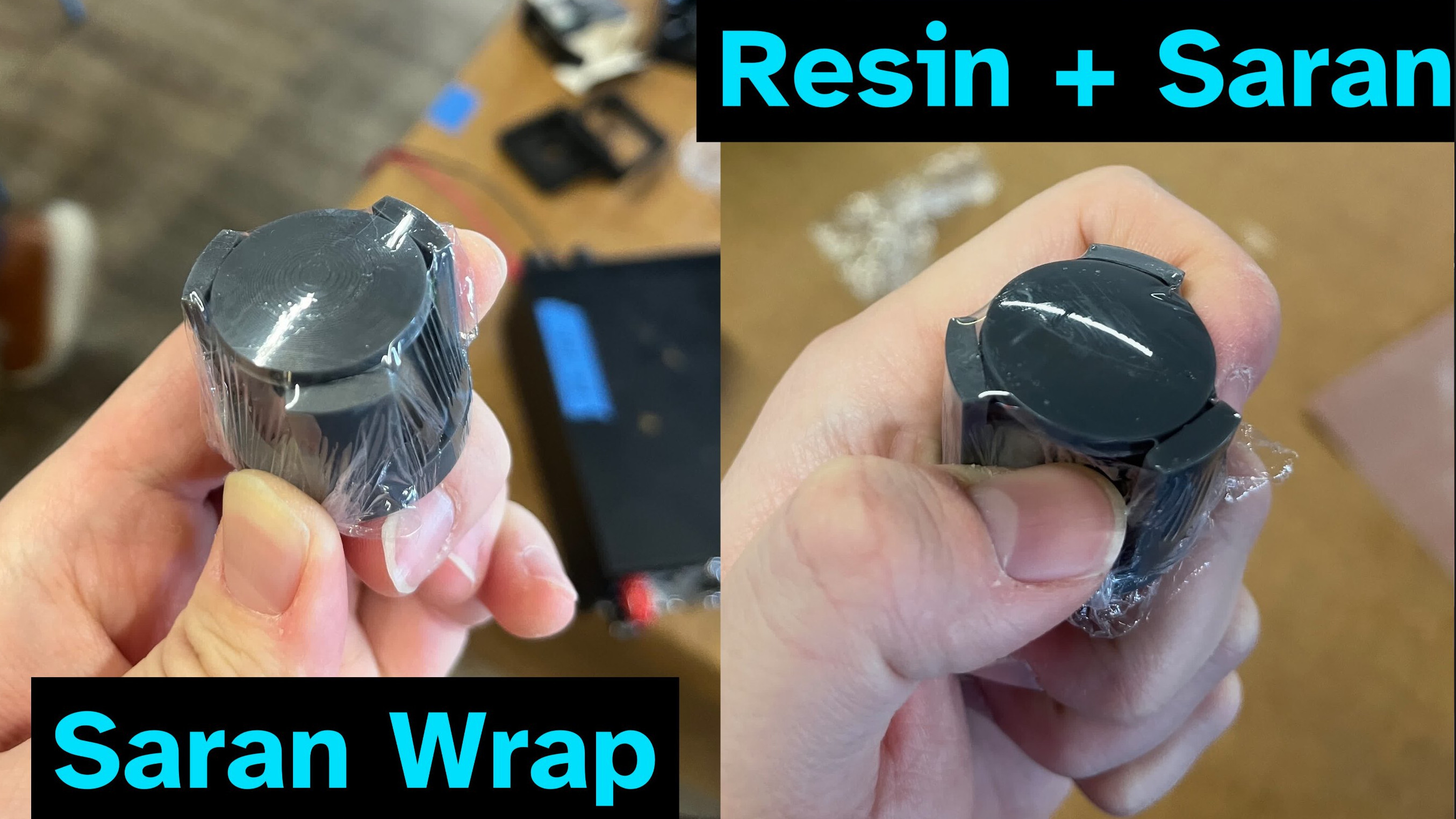I’m not sure how bambu studio does it (use prusa/superslicer) but chiming in because I was trying to figure this out last year doing a large ish batch of keychains for a friend and was fighting a bit with it, probably is a way of doing it all in freecad but the image was my biggest issue.
I ended up doing things in blender to subtract the image and the slicer itself, did a text object, positioned it where I wanted, merged the objects and marked the text as a negative volume (think that’s the term, might be subtract) so it was subtracted when I sliced it, might help in your case?







I’ll third it, I used Solidworks before, freecad was fairly easy to adapt to before the 1.0 release, workflow is even nicer now, trying to convince my dad to move to freecad over paying for a sw subscription now that he’s retired.